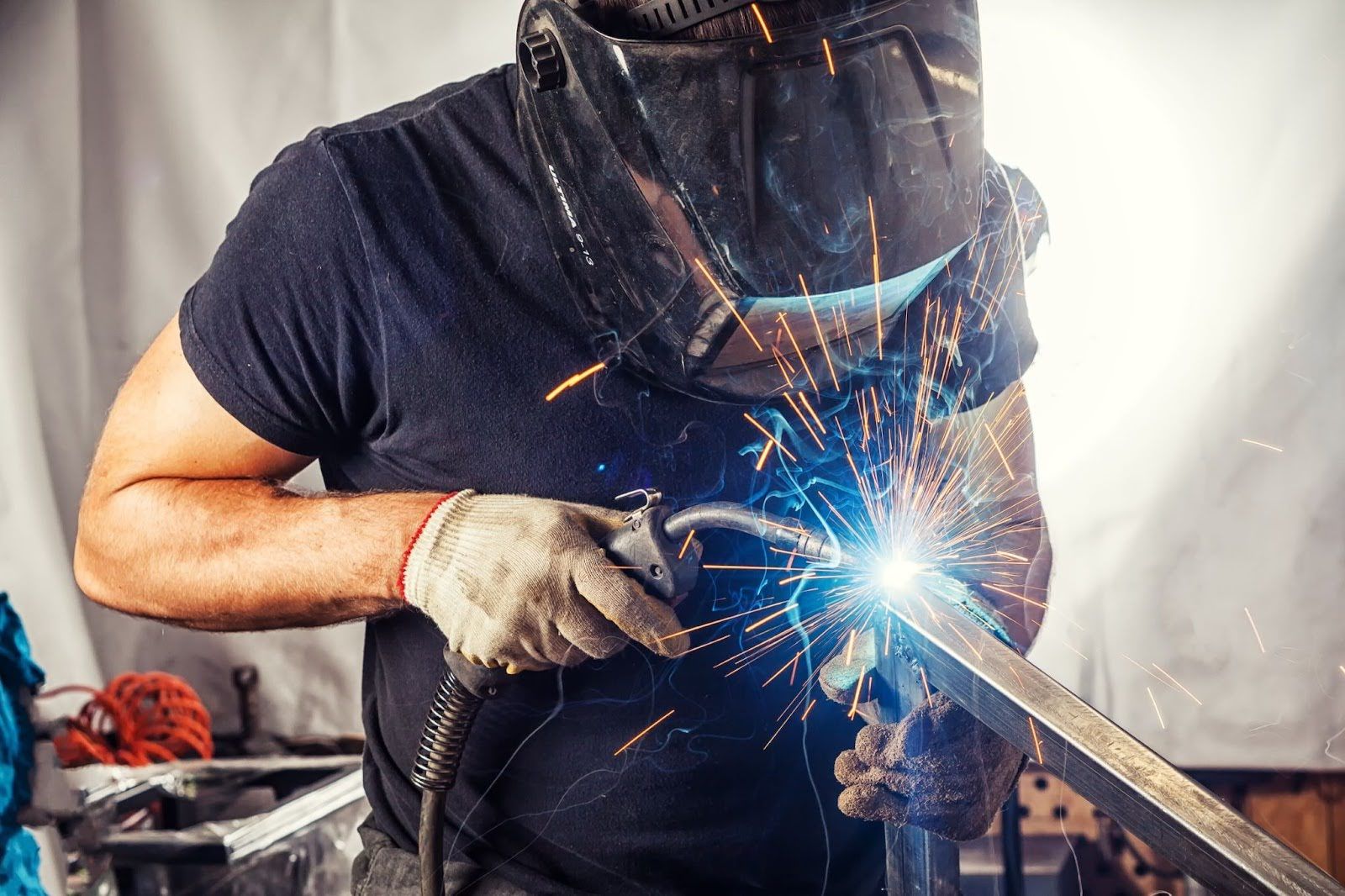Best Overview to Preventing Weld Undercut: Tips and Techniques
Wiki Article
Important Tips for Welders: Protecting Against Undercut Welding and Ensuring Stronger Weld Joints
In the world of welding, attaining solid and sturdy weld joints is the foundation of producing top quality job. One usual difficulty that welders typically experience is undercut welding, which can compromise the integrity of the weld joint.
Understanding Undercut Welding
Undercut welding is an usual welding problem that takes place when the weld metal falls short to correctly load the groove and leads to a groove-like clinical depression along the weld bead. This issue compromises the weld joint, making it at risk to breaking and failing under tension. Undercutting can be triggered by various elements, consisting of too much welding current, high welding rate, incorrect electrode angle, wrong electrode size, and bad welding strategy.One of the primary reasons for undercut welding is an inequality between the welding current and the welding rate. If the welding current is also high or the welding speed is as well quick, the weld steel might not effectively fill the groove, leading to undercutting. Furthermore, making use of an electrode that is also large can result in a similar result, as the excess steel can not effectively flow into the groove.
To stop undercut welding, welders need to guarantee they are using the correct welding specifications, preserve an appropriate electrode angle, pick the ideal electrode dimension, and technique correct welding techniques. By attending to these elements, welders can reduce the threat of undercutting and create stronger, more dependable weld joints.
Correct Welding Technique
Reliable welding technique plays a vital duty in making certain the high quality and integrity of weld joints. One basic element of proper welding method is keeping the appropriate angle and distance in between the welding gun and the work surface.Furthermore, a consistent and consistent hand motion is vital for creating solid and resilient weld joints. Welders ought to go for smooth, consistent movements to make certain even circulation of the weld material. Appropriate control of the welding gun and filler product is also vital to accomplishing optimum penetration and fusion.
Moreover, controlling the warm input and selecting the proper welding parameters based upon the product being welded are critical aspects in attaining top notch welds - Preventing weld undercut. Welders should adhere to the recommended settings supplied by welding procedure specs and readjust them as required based on the particular needs of the project. By grasping appropriate welding strategies, welders can considerably improve the toughness and reliability of their weld joints
Choosing the Right Electrode
When taking into consideration the significance of picking the best electrode in welding applications,Keeping the appropriate angle and distance in between the welding weapon and the work surface is essential. The selection of electrode plays an essential function in determining the quality and strength of the weld joint. Electrodes are available in various kinds, each developed for specific functions and materials.Firstly, selecting the appropriate electrode diameter is important. Thinner electrodes are suitable for welding thin materials, while thicker electrodes are better for thicker materials and greater warmth applications. Matching the electrode see page size to the density of the workpiece helps accomplish a well balanced weld.
Second of all, recognizing the product structure of the electrode is crucial. Various electrodes are created for welding particular products like steel, stainless-steel, light weight aluminum, or cast iron. Using the proper electrode product ensures good fusion and lessens the threat of flaws in the weld.
Finally, thinking about the welding setting and technique is essential when choosing the electrode kind. As an example, specific electrodes are better matched for upright or above welding placements, while others function well for flat or straight settings. Selecting the right electrode based upon the welding technique boosts the general weld quality and honesty.
Preparing the Base Metal
To make certain a successful welding process, what initial steps should be taken when preparing the base metal for welding? In addition, any existing weld material or deposit from previous welding should be eliminated to make certain a clean surface for the brand-new weld.
Performing Post-Weld Assessments

After performing these analyses, welders need to compare the results against sector criteria and task requirements to make sure that the weld joint satisfies all needed criteria. Any deviations or insufficiencies discovered throughout the post-weld examination must be quickly dealt with via ideal restorative measures to assure the weld's integrity. By diligently executing post-weld assessments and quickly resolving any issues, welders can promote the quality and integrity of their work, eventually adding to the security try this and longevity of the welded structures.
Verdict

To conclude, preventing undercut welding and making certain stronger weld joints need a mix of proper welding strategy, choosing the appropriate electrode, preparing the base steel correctly, and performing post-weld inspections. By understanding the root causes of undercut welding and implementing the needed preventative measures, welders can produce high-grade weld joints that satisfy sector standards and guarantee the architectural integrity of the welded parts.
Undercut welding is a common welding problem that takes place when the weld metal stops working to properly fill the groove and results in a groove-like anxiety along the weld grain (Preventing weld undercut). Damaging can be caused by various aspects, including too much welding present, high a knockout post welding speed, improper electrode angle, inaccurate electrode dimension, and inadequate welding technique
One of the main reasons for undercut welding is a discrepancy between the welding present and the welding rate. If the welding current is also high or the welding rate is too fast, the weld metal may not effectively load the groove, leading to damaging.Maintaining the appropriate angle and distance between the welding gun and the workpiece is essential when thinking about the relevance of picking the right electrode in welding applications.
Report this wiki page